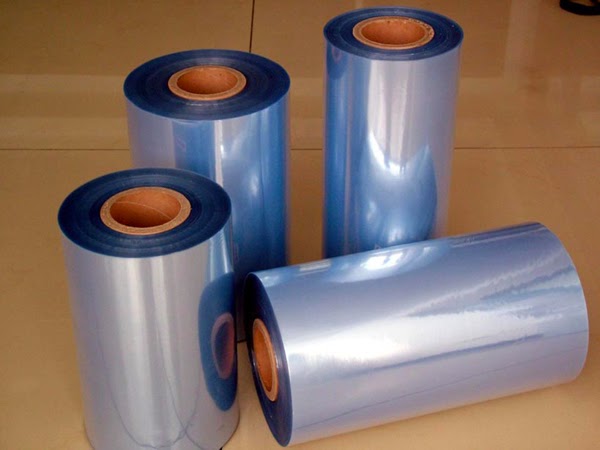Plastic Embossed Film protects the insulation layer from damage from the armour wire. A minimum overlay is possible with spiral winding which in turn means fewer damaged places and no breaking open of the film. Naturally the diamond structure also guarantees greater heat insulation.cast extrusion line is capable of coating a broad range of substrates and casting smooth or embossed film ideal for further processing in reinforced and non-reinforced lamination and many other applications.Purpose of embossing Sometimes embossing is done for purely decorative reasons. However, in most cases, the purpose of embossing is to change the physical characteristics of the material. Embossing a metal foil with a fine texture pattern makes it much easier to handle the foil within the machine that wraps it around a piece of chewing gum. Embossing a plastic film changes its elastic properties dramatically. Embossing tissue paper improves absorbency and flexibility, but almost always at the expense of strength. Embossing increases the overall thickness of the material.
The micro structure on the roller’s surface is transferred to the polymer film directly during the embossing process.Therefore, it decides the shape of the micro structure.In this paper, a chemical etching method is used to produce an array of micro structure on the stainless steel plate. Then the plate is wrapped around the roller. embossed plastic microfluidic devices are cut directly from a CAD design using a cutting plotter and transferred to steel wafers for nickel electroplating.embossed films are in demand for geo-textiles, industrial mold release films, FRP films, food grade vacuum pouches and medical grade vacuum pouches.embossing has enhanced consumer products as well, including bookbinding, solar films, designer window shades and decorative foils.
Embossed stretched areas along lines spaced substantially uniformly across the surface areas on both sides of the embossed film, said stretched areas being separated by unstretched areas and having a thickness less than the unstretched areas, said thin areas of said embossed plastic film in its normal unstretched state being stretched preferentially to the thick areas due to the lower resistance to the stretching force, said film being ultra soft and quiet when used as a cloth or fabric upon comparison with the embossed plastic film in its normal unstretched state.










.jpg)
.JPG)

.jpg)





.jpg)



